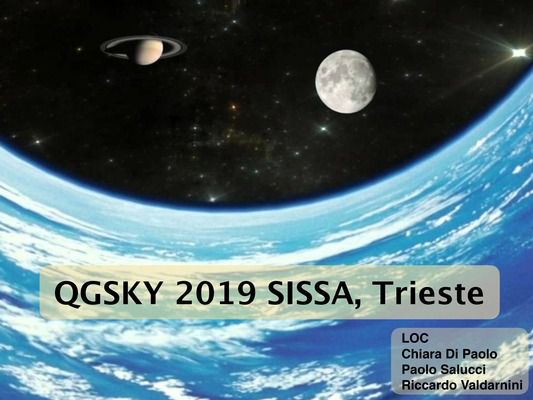Speaker
Description
In this paper, we present results from a large set of N-body/SPH hydrodynamical cluster simulations aimed at studying the statistical properties of turbulence in the ICM.
The numerical hydrodynamical scheme employs a SPH formulation in which spatial gradients are estimated using an integral approach.
This formulation strongly reduces gradient errors which are found to critically affect SPH numerical simulations of subsonic turbulence.
The simulations were performed using cluster initial conditions extracted from dark matter cosmological simulations of different box sizes according to a zoom-in technique, with final cluster samples comprising about $\sim 200$ simulated clusters.
We consider both adiabatic and radiative simulations.
In the latter the physical modeling of the gas includes cooling, star formation and thermal feedback from supernovae.
We construct clusters subsamples according to the cluster dynamical status or gas physical modeling, from which we extract small-scale turbulent velocities obtained by applying to cluster velocities different multiscale filtering methods.
These act as low-pass filters in which the individual particle filtering lengths H_i depend on the root finding procedure and adopted smoothing function.
We use the turbulent velocities to perform subsample averagesof velocity power spectra, velocity structure functions and radial profiles of turbulent related quantities.
We determine the optimal filtering strategy by applying different filtering methods to the same sets of subsample velocities.
Overall, the best performances are obtained by adopting a mass-weighted top-hat velocity filtering, with very small root search steps in units of the cluster virial radius r_200.



